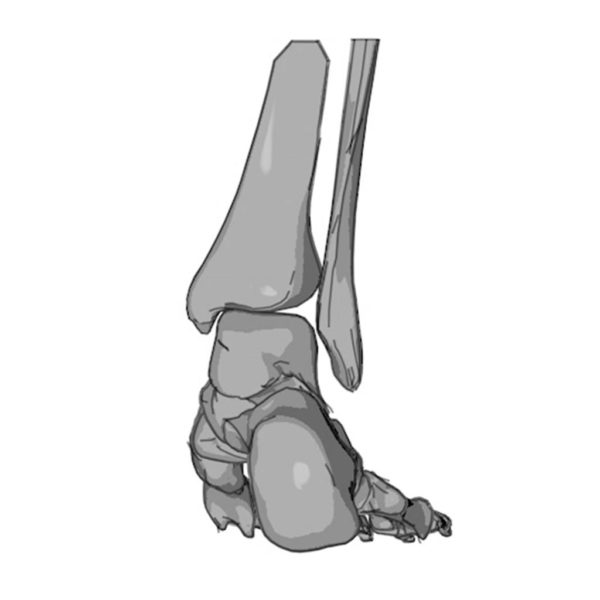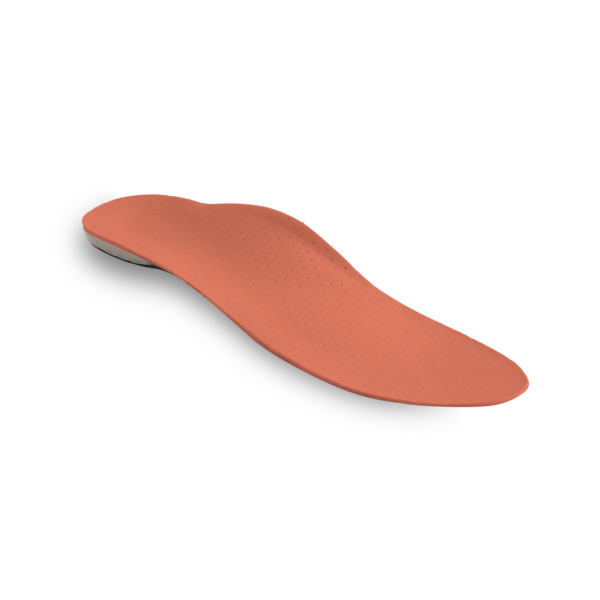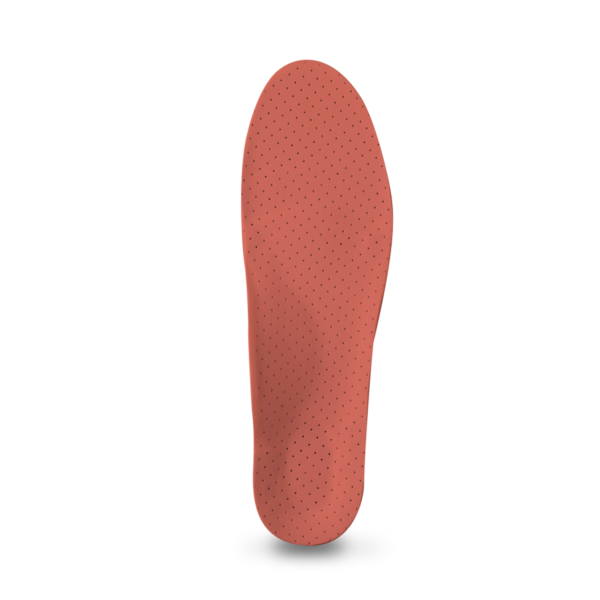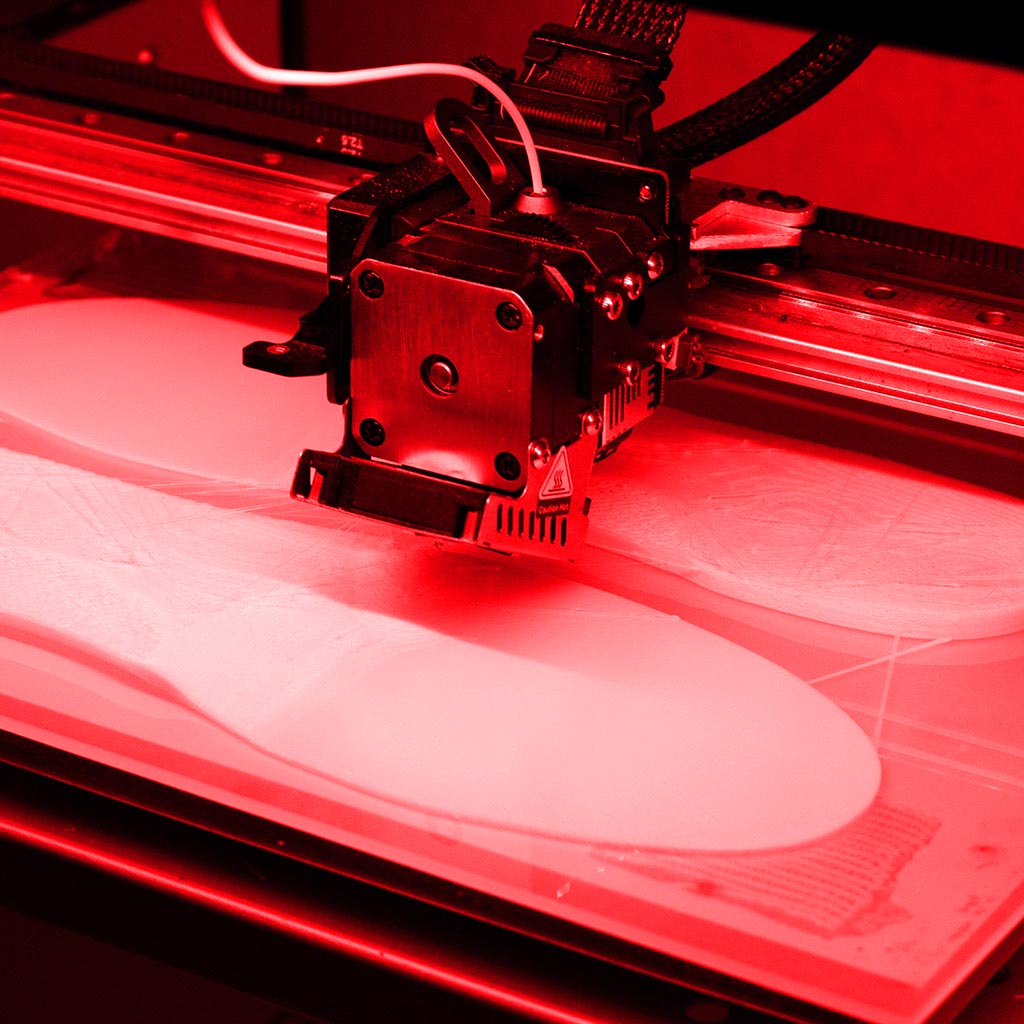Why the Rearfoot Is the Key to Proper Posture
Wellness at your feet
The rearfoot is one of the most important areas of the foot, as it represents the point of contact and load transmission between the ground and the entire postural chain. Its role is not limited to static support: with every step, the rearfoot guides the gait and determines the alignment of the lower limbs and the spine.
When the rearfoot shows alterations—such as valgus (inward deviation) or varus (outward deviation)—biomechanical balance is compromised. Excessive valgus can lead to overpronation of the foot and increased stress on the knees and pelvis; conversely, varus may result in rigidity and overload on the lateral side of the foot. Both conditions trigger muscular and joint adaptations that, if left uncorrected, may develop into chronic pain or injuries.
It is no coincidence that many common disorders—from plantar fasciitis to low back pain—often originate from an unstable rearfoot. For this reason, an accurate assessment of the rearfoot is an essential step in every postural evaluation. Through diagnostic tools and clinical observation, it is possible to identify even millimetric misalignments which, once corrected, restore harmony to the entire body structure.
Taking care of the rearfoot ultimately means taking care of overall posture. It is an approach that places the body’s foundations at the center of attention, ensuring stability, injury prevention, and long-term well-being.





